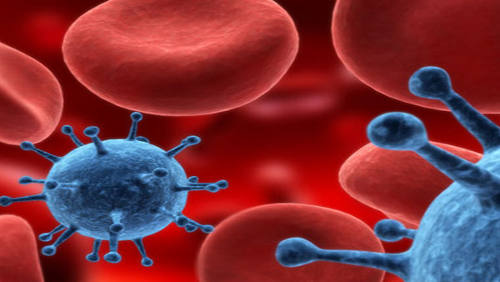
Scientists are working to upgrade the tool used to examine and detect cancer and other illnesses, called Endoscope, so that it can zap tumors as well.
The biomedical advancement, which is under development at the University at Buffalo, could make chemotherapy more efficient, reduce its side effects and improve how doctors treat some of the most deadly forms of cancer.
The new endoscope utilizes spatial frequency domain imaging. This new technique corrects the image contrast problem by projecting patterns of light at different frequencies on the cancer cells. This results in a high-contrast map of the tumor environment.
Chemotherapy drugs will be delivered intravenously. But unlike conventional treatment, the drugs will be encapsulated in tiny liposomes called nanoballoons. This technology carries the drugs to the tumor while shielding them from healthy cells, thus reducing side effects. Upon reaching the cancer cells, doctors strike the nanoballons with the endoscopic light beam, causing them to pop open and release the drug directly at the tumor.
To effectively target the nanoballoons, doctors need to control the light beam. Sunar is developing a "digital mask" that adjusts the beam's intensity as well as manipulates its shape down to micron (one millionth of a meter) precision using a computer.





